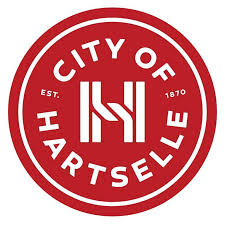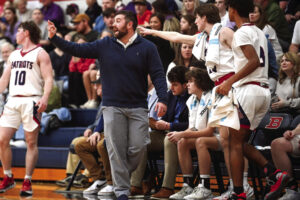Parent/teacher conferencing
Editor’s note: This is one in a series of articles marking the 50th Anniversary of Hartselle City Schools.
Though 50 years have passed since Hartselle City Schools sepa rated from the Morgan County School system and formed its own district, the need for the parent and teacher conference has remained. In my own career working at the high school level, the elementary level, and the district level; there is a notable constant.
Parents, at all levels of schooling, tend to believe their children are a bit younger and a bit more helpless than they actually are. I heard, “After all, he’s only 15” just as often as I heard, “After all, he’s only 5.” It takes a lot of parenting to prepare a child for the next school grade level, and parents particularly feel the weight of this when their children enter the beginning grade level at a new school. That feeling of relief and perhaps even accomplishment when a parent drops a child off on day one ready to begin a new school year can give way to a feeling of inadequacy if a teacher suggests that the student is not performing at desired levels in the classroom. Sometimes parents feel that a teacher is suggesting that they have failed. Sometimes parents feel underprepared to provide their children with the extra support the teacher may be suggesting the student needs at home or at school. Sometimes parents simply feel overwhelmed and exhausted. And sometimes parents disagree.
Across the conference table, teachers, at all levels of schooling, tend to believe their students are a bit older and a bit more capable than they actu-ally are. I heard, “He’s 5, and we don’t need to baby him,” as often as I heard, “He’s 15, and we don’t need to baby him.” My opinion is that teachers and particularly experienced teachers begin each school year understanding the level at which they would like to see each of their students performing at the end of the school year. In their heads, they have mapped a trajectory of achievement for each, and they are constantly looking for indicators that a student is performing at a level that indicates growth is happening. If growth is not happening, they begin looking for ways to address the interferences to growth.
The classroom teacher cannot serve as the parent. The connection a parent has with a child begins in a place of love and grows through a bond that strengthens over time. The investment is unique. The parent has an understanding of what the child needs to grow, but sometimes the parent’s understanding can be clouded by feelings of love and a desire to protect the child from discomfort.
The connection a teacher has with a student begins in a place of duty. Affection tends to grow with familiarity over the course of a school year. The teacher’s primary role in the student’s life is to clear a pathway for academic achievement. But sometimes the teacher gets so focused on that achievement that he or she misses some other emotional or developmental pieces.
Though it can feel like the chasm between parent and teacher positions on what the best next steps are is too deep and too wide to bridge, the efforts on the part of both are the key to the student’s success. Each should listen to the other to grow the child. Mother Teresa was known to say, “I can do things you cannot, you can do things I cannot; together we can do great things.”










